Equipment
Remembering the great club launches of 2011
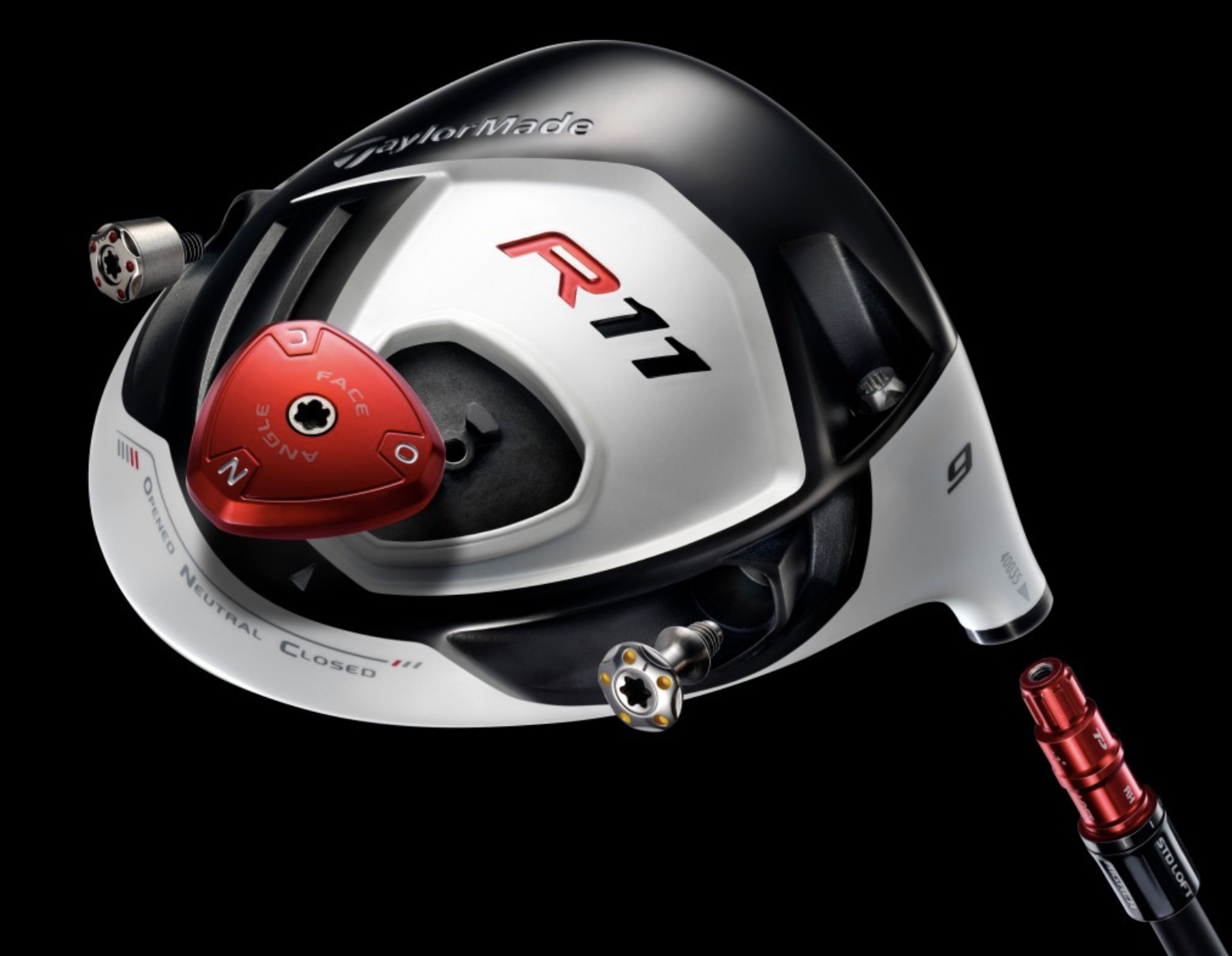
Golf clubs always feel bright and shiny the moment we first lay our eyes on them, but over time thanks to the endless pursuit of “the next best thing,” we are quick to forget just how revolutionary some clubs were.
Whether it be industry-wide, or a single OEM doing something for the first time, each club and each release has a story to tell and technology to help make the game easier.
2011 was a groundbreaking year for equipment releases across the board, and these are the most memorable.
Titleist 910 Series
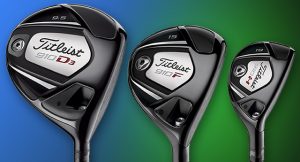
After years of quietly ignoring the “when will you release an adjustable driver?” question, Titleist finally launched the 910 series to incredible fanfare. It was a massive success right out of the gate especially compared to the previous 909 and 907 series. The obvious measurement of the success was how quickly almost all of their tour staff upgraded to the new products.
It wasn’t that the previous two generations weren’t great, it was that the previous 905 series drivers were still sticking around and many golfers saw little benefit to upgrading. To be fair the entire 905 line was really really good!
The 910 series changed the perception of Titleist drivers being stuck in the past, much like how the recent TS series did again in 2018. The 910 driver was so good, it took until the 917 series for Jordan Speith to finally make a permanent switch out of his old faithful.
TaylorMade R11 driver
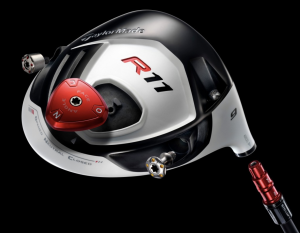
This is the driver that changed driver marketing for close to a decade, the TaylorMade R11 was completely different than any other driver on the market because it was (wait for it)…painted white, among other things.
It was such a huge leap in color, that the rumored story is TaylorMade had a contingency plan to re-launch it in black if consumers revolted. Long story short, they didn’t revolt and instead lined up to buy them!
It was touted as the world’s most adjustable driver thanks to the introduction of Adjustable Sole Plate (ASP) Technology, which allowed golfers to adjust the face angle independently of the loft.
TECH NOTE: It only changed the visual face angle when the driver was soled on the ground and had no effect on the measured loft of the club.
This technology lived on all the way up until the R1 (one loft driver) and certainly left its mark on the industry. TaylorMade even shut down Times Square in New York City so Sergio could pound drivers down 42nd Street when they debuted the club!
Nike Vr Pro irons
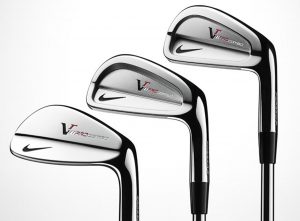
Nike had made blade and combo iron sets before, combo sets going back as early as 2003 (nice clubs, by the way) but the 2011 irons were a whole new ball game. The VR Pro series was the culmination of everything Nike had done up to that point including the introduction of their new groove, because of the 2010 rule change.
The VR Pro blades are a Mike Taylor masterpiece and have become the baseline for every single personal Tiger iron since. The VR Pro blades might even be more popular now then they were in 2011 thanks to Artisan Golf.
You also have the split cavity and the full cavity combo set—another treasure of the time. If you were in Japan you get even luckier because Nike did a 3-PW set consisting of just the split cavities and never released them in North America. Endo forged, extremely tight to spec, these irons still hold their own against any players iron on the market today, and they are getting close to their 10th birthday.
Ping S56 irons
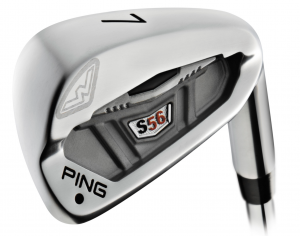
Although technically released in fall 2010, I’m calling this a 2011 product since Ping operates on a strong two-year product cycle.
The S56 did what any Ping iron does, built off the success of a popular model and made it better. The previous S57 was the first in the S series to offer a tungsten toe weight (first found in the Rapture iron) to significantly boost MOI over the S58.
The S56 took that boost in MOI, improved on feel, improved on turf interaction—and boom you have a winning formula.
Ping also launched the Tour S wedge line in 2011, and with that introduced the first Ping wedge with an oilcan finish intended to rust hit the market—something many people thought the company would never do.
Mizuno MP-63 irons
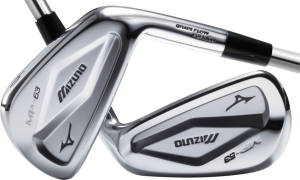
The MP-63 followed the (you may have guessed it) MP-62’s in the Mizuno irons family.
What set them apart was the departure from a rounded or straight-across cavity design in favor of a diamond muscle to place extra mass behind the sweet spot of the club and remove it from the bottom corners of the club to increase MOI without sacrificing the “Mizuno Feel”
The MP-63 was a popular design, but what it really did was lead to the introduction of the MP-64, which goes down as one of the most well-revered non-blade Mizuno irons of all time.
TaylorMade Burner 2.0 irons
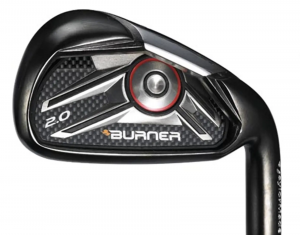
Trying to follow up one of the most successful irons launches of all time is not easy, but the Burner name was on fire heading into 2011 and TaylorMade took every step to improve on the popular Burner ’09.
The overall profile didn’t change much compared to the ’09s but what they introduced was stock flighted shafts, along with faces that got progressively thinner into the longer irons to increase ball speed and improve trajectory—it was their goal to build a full cavity set that played like a combo set.
Last but not least, a redesigned cavity and vibration dampening badge tied everything together to make the TaylorMade Burner 2.0 just that much better than its predecessor.
Adams F11 titanium fairway wood
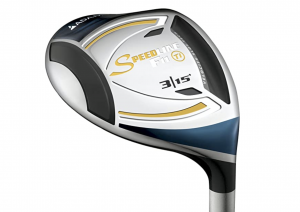
There is potential to write an entire story dedicated to the F11 series fairway woods and the shockwave they caused in the golf industry as a whole, not just for Adams. From a technology standpoint, these fairway woods (available in both steel and titanium) were a huge technology leap forward for one reason: slots behind the face to increase rebound, especially on lower face strikes.
This revolutionized club design and also caused a personal reshuffle that can still be felt to this day.
Now for the history part of the show
If we look at the industry during the period when the F11 line came out in 2011, Adams was on a very sharp rise on tour and at retail. Adams Golf had built a very strategic plan thanks to key point here…CEO Chip Brewer wanted to build on the massive success of their hybrids and start taking over other segments including fairway woods.
As mentioned, Adams was growing exponentially and taking market share from everyone, especially from the OEMs that operated in the middle of the price point curve—at the time this was mostly dominated by previous generation products from the bigger OEMs, including TaylorMade—which at the time was the juggernaut of the golf industry backed by Adidas.
In 2012, soon after the F11s came out, the “fairway wood that changed fairway woods,” the TaylorMade RBZ (RocketBallz, a name that stills makes grown men chuckle) was released—with a sole slot. It was, per TaylorMade, 17 yards longer guaranteed, and once again people lined up to buy them. TaylorMade was even giving away cash—cash! During promotions around the country: $10 for every yard you gained compared to your current fairway wood.
Although it was never officially confirmed, Adams was apparently looking to file a lawsuit against TaylorMade to protect slot technology patents they had. TaylorMade, being the largest golf company in the world at the time, and with deep deep pockets, decided to instead make Adams Golf an offer they couldn’t refuse. So in March 2012, TaylorMade bought Adams Golf and all of its technology making both the shareholders and other parties involved in the company a lot of money. It wasn’t long after TaylorMade decided that there was no point operating a cannibalizing brand and Adams died a slow death a couple of years later.
But where did that leave Adams CEO Chip Brewer?
After the TaylorMade takeover in 2012, Chip Brewer left Adams after successfully making it a major player in the golf market and took a roll with Callaway, a company that struggled for years to find a CEO to set them on track.
Chip was just the man for the job and quickly made a number of sweeping strategic changes across the company. In what could be called the most impactful decision ever made there, Harry Arnett joined Callaway from Adidas and implemented a big shift in Callaway’s marketing strategy and image over the next 7 years. In those seven years, Callaway made its way back to the number one golf company and took over the number two spot in golf balls by a fairly wide margin.
All of this might not have ever happened if it weren’t for the Adams R&D team that came up with sole slots, however. How’s that for an industry changer?
Cobra S3 Pro irons
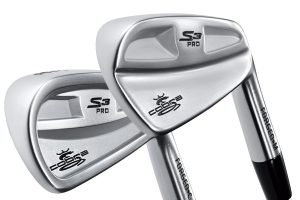
When Acushnet sold Cobra to Puma in 2010, there were some interesting clubs releases over the next couple of years as the design team settled in with their new parent company. How much the acquisition actually affected the products and release cycle I’m not sure, but what I do know is the S3 Pro irons are still to this day one of the nicest sets of clubs Cobra has ever made.
A simple combo set with almost perfect lines, a squared-off profile, and they came in satin chrome!
Although Cobra was still on its way to establishing itself as a company that could produce “players” clubs these irons certainly helped. Plus when you look back to around this time they truly had a tour staff stacked with stars including Geoff Ogilvy, JB Holmes, Camilo Villegas, and Ian Poulter.
- LIKE159
- LEGIT16
- WOW11
- LOL3
- IDHT0
- FLOP5
- OB4
- SHANK5
Whats in the Bag
Team McIlowry (Rory McIlroy, Shane Lowry) winning WITBs: 2024 Zurich Classic
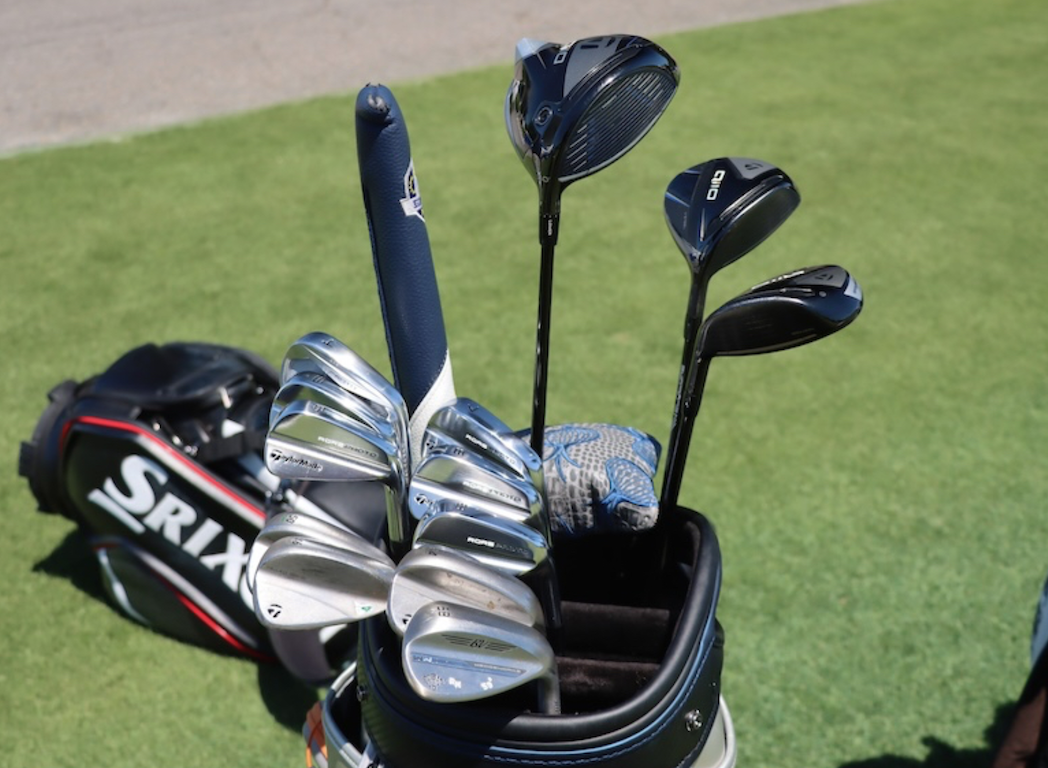
Rory McIlroy WITB
Driver: TaylorMade Qi10 (9 degrees @8.25) Buy here.
Shaft: Fujikura Ventus Black 6 X (45 inches)
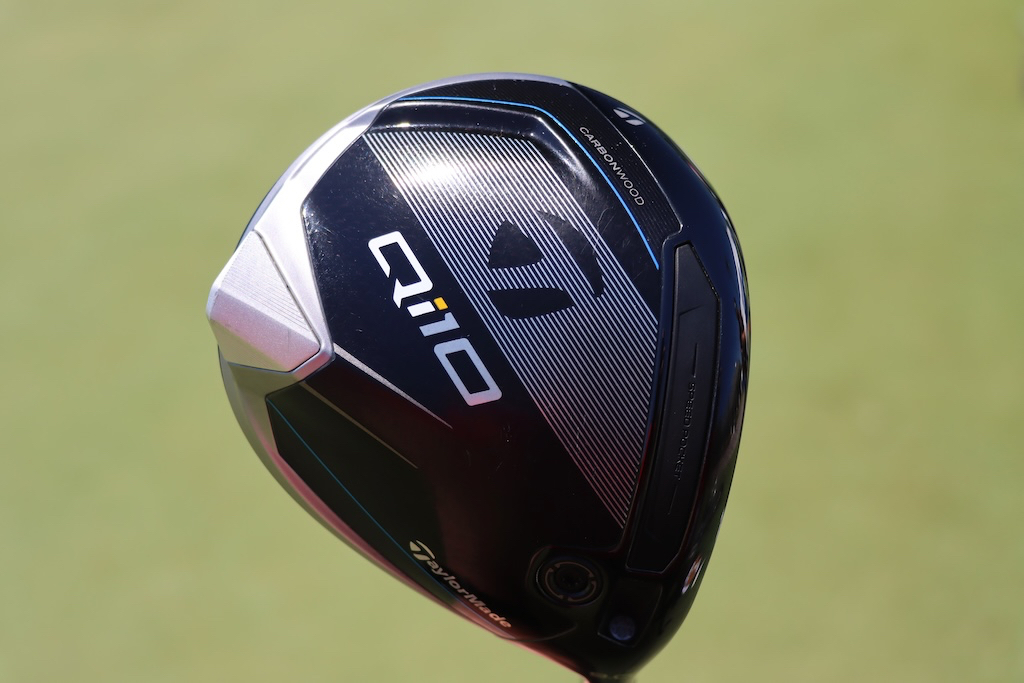
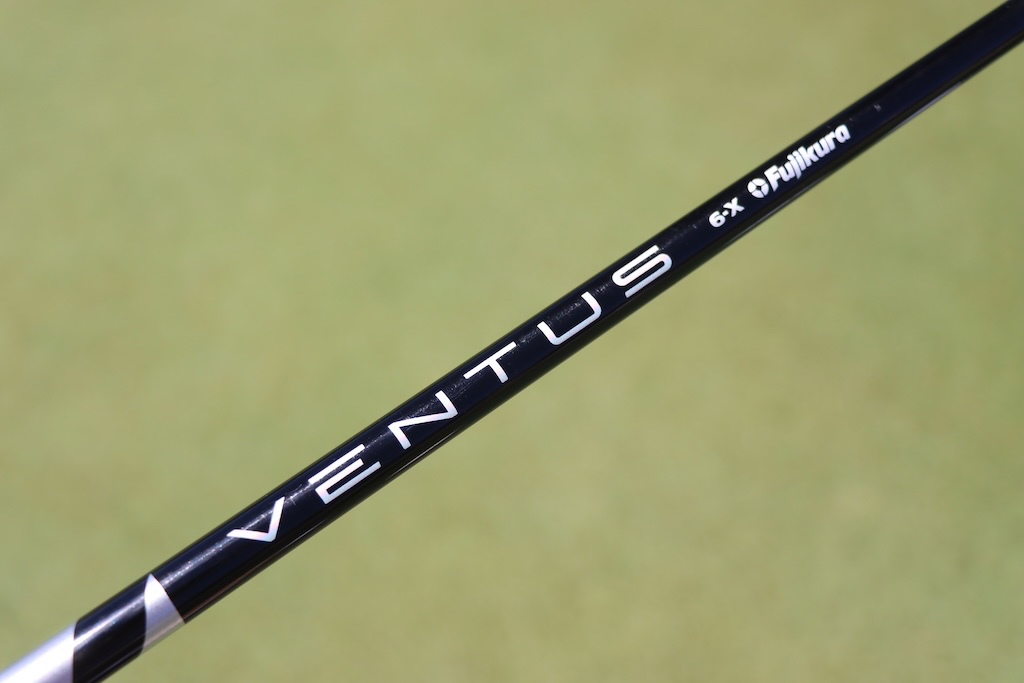
3-wood: TaylorMade Qi10 (15 degrees) Buy here.
Shaft: Fujikura Ventus Black 8 X
5-wood: TaylorMade Qi10 (18 degrees) Buy here.
Shaft: Fujikura Ventus Black 9 X
Irons: TaylorMade Proto (4), TaylorMade Rors Proto (5-9) Buy here.
Shaft: Project X 7.0 (4-9)
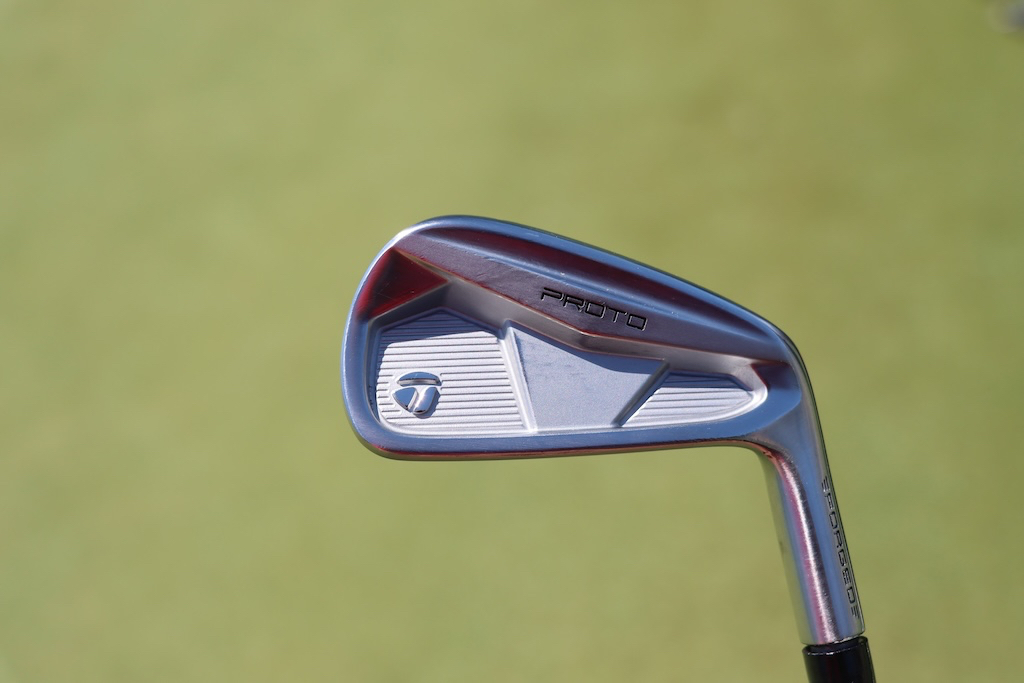

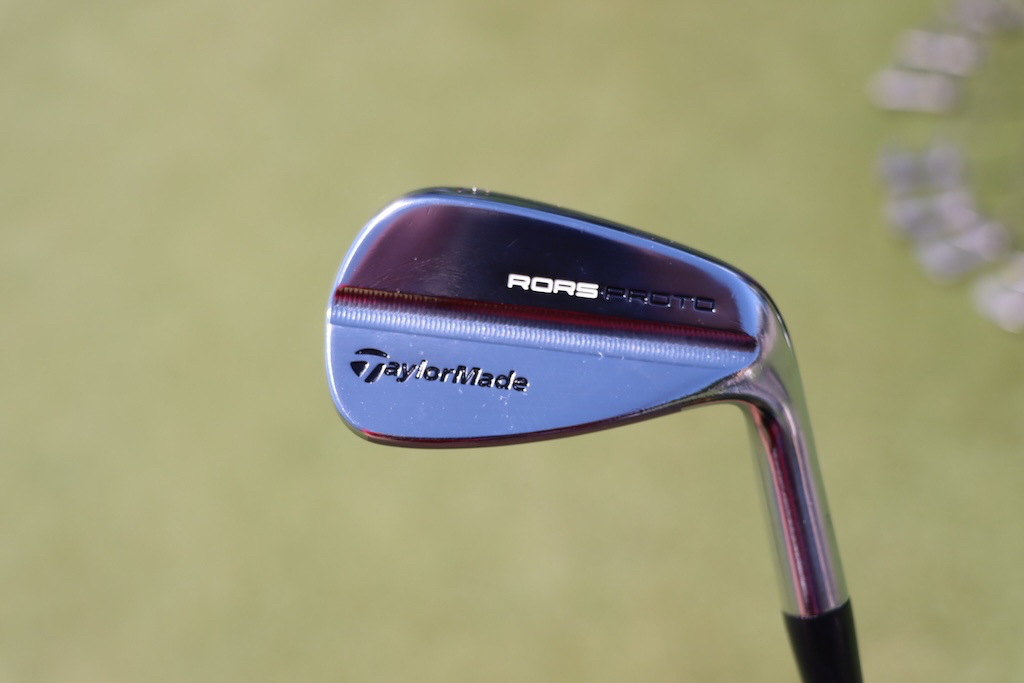
Wedges: TaylorMade MG4 (46-09SB, 50-09SB, 54-11SB) Buy here, Titleist Vokey Design WedgeWorks (58-K @59) Buy here.
Shafts: Project X 6.5 (46-54), Project X 6.5 Wedge (60)
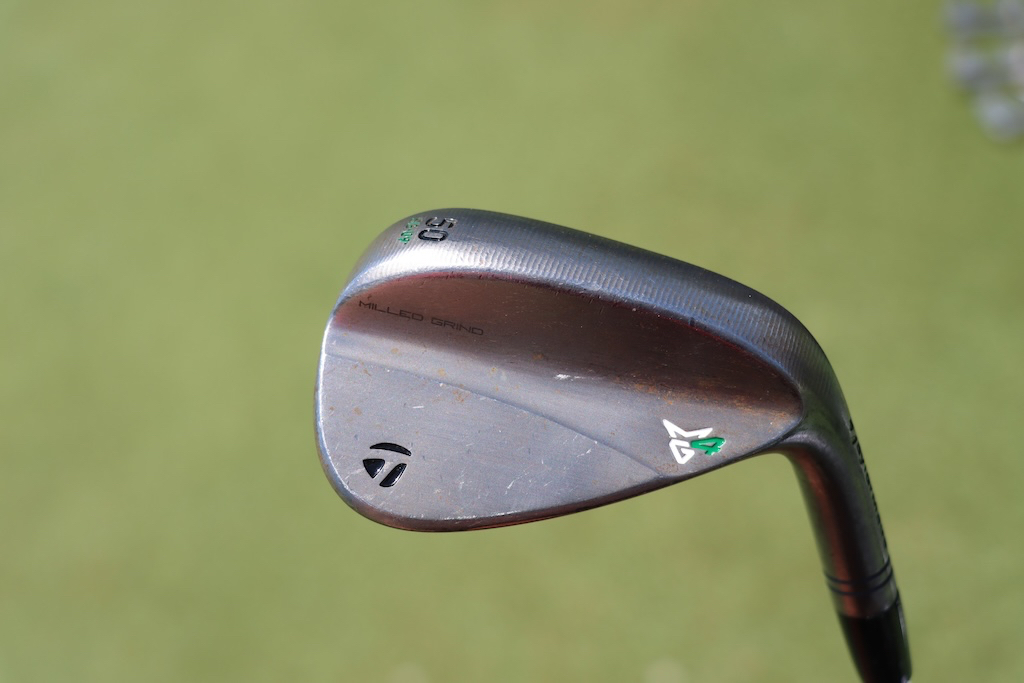
Putter: TaylorMade Spider Tour X3 Buy here.
Grip: SuperStroke Zenergy Pistol Tour
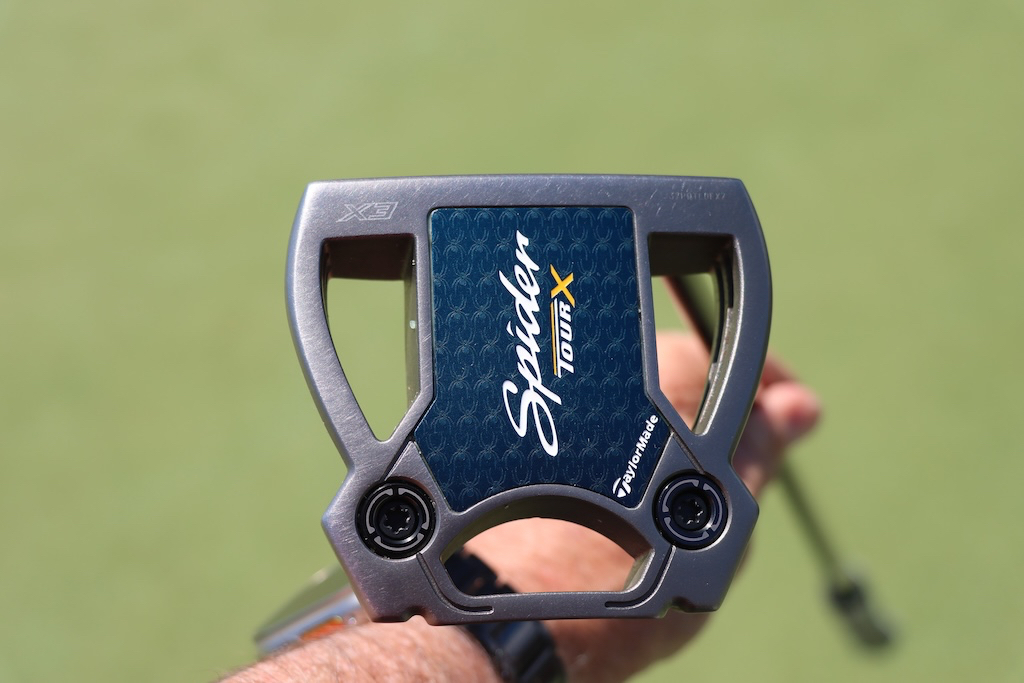
Ball: 2024 TaylorMade TP5x Buy here.
Grips: Golf Pride MCC
Check out more in-hand photos of Rory McIlroy’s WITB in the forums.
View this post on Instagram
Shane Lowry WITB
- Shane Lowry what’s in the bag accurate as of the Cognizant Classic.
Driver: Srixon ZX5 Mk II (8.5 degrees) Buy here.
Shaft: Mitsubishi Diamana D+ White 70 TX
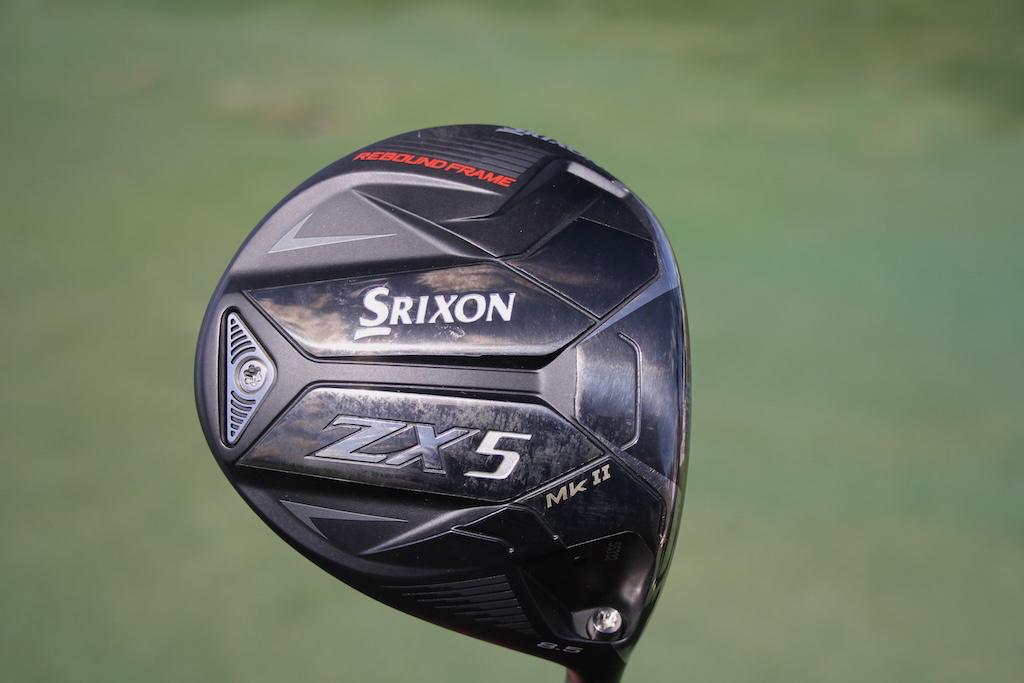
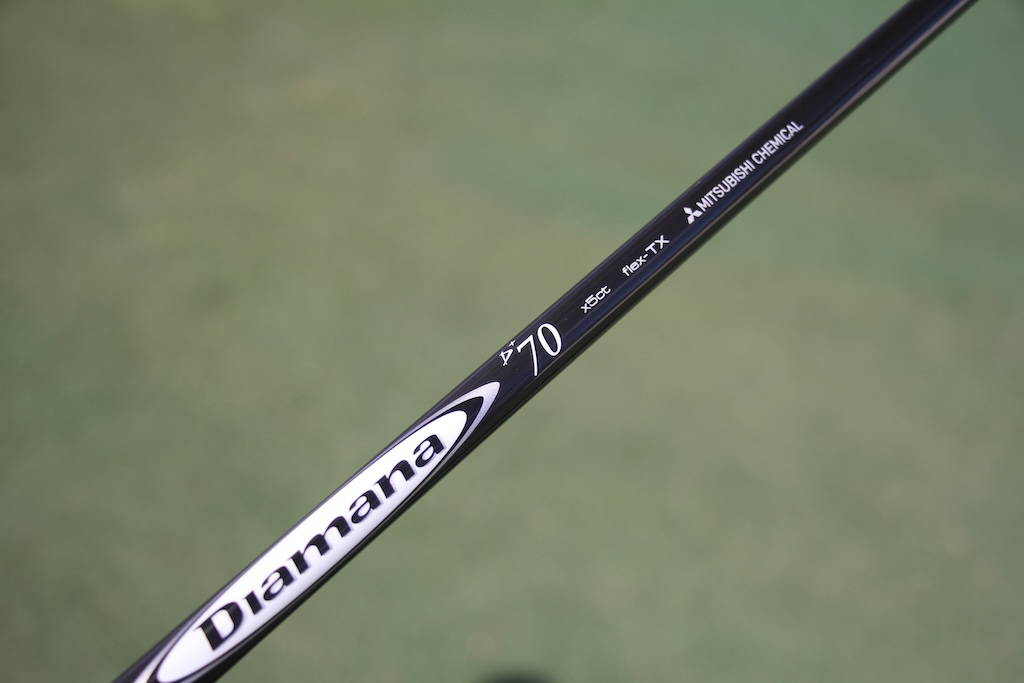
5-wood: TaylorMade Stealth Plus Buy here.
Shaft: Graphite Design Tour AD DI 8 X
Irons: Srixon ZX Utility (3, 20 degrees) Buy here, Srixon ZX5 Mk II (4, 5) Buy here, Srixon ZX7 Mk II (6-PW) Buy here.
Shafts: Nippon N.S. Pro Modus3 Tour 120 X (3), KBS Tour 130 X (4-PW)
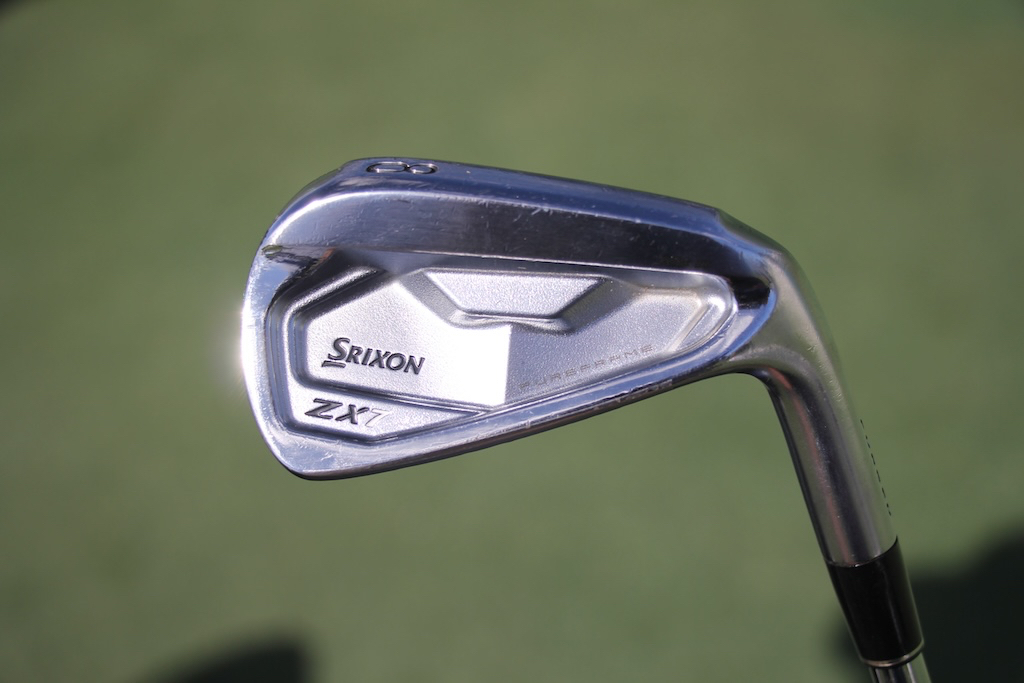
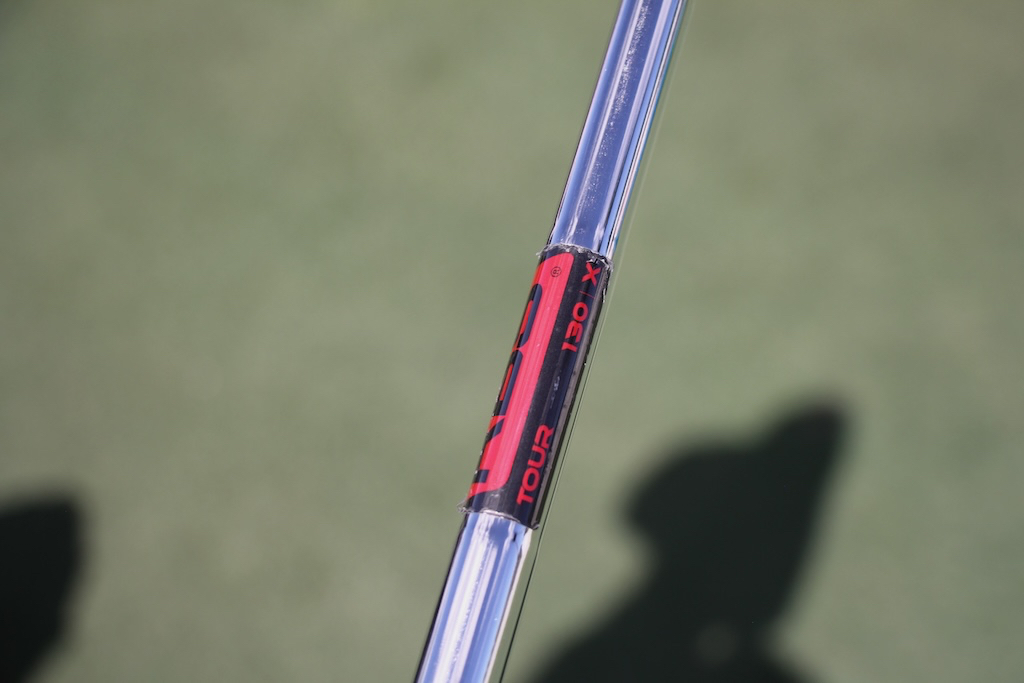
Wedges: Cleveland RTX 6 ZipCore Tour Rack (50-10 MID, 54-10 MID) Buy here, Cleveland RTX Full Face (58-8) Buy here.
Shafts: KBS Tour Wedge X Black
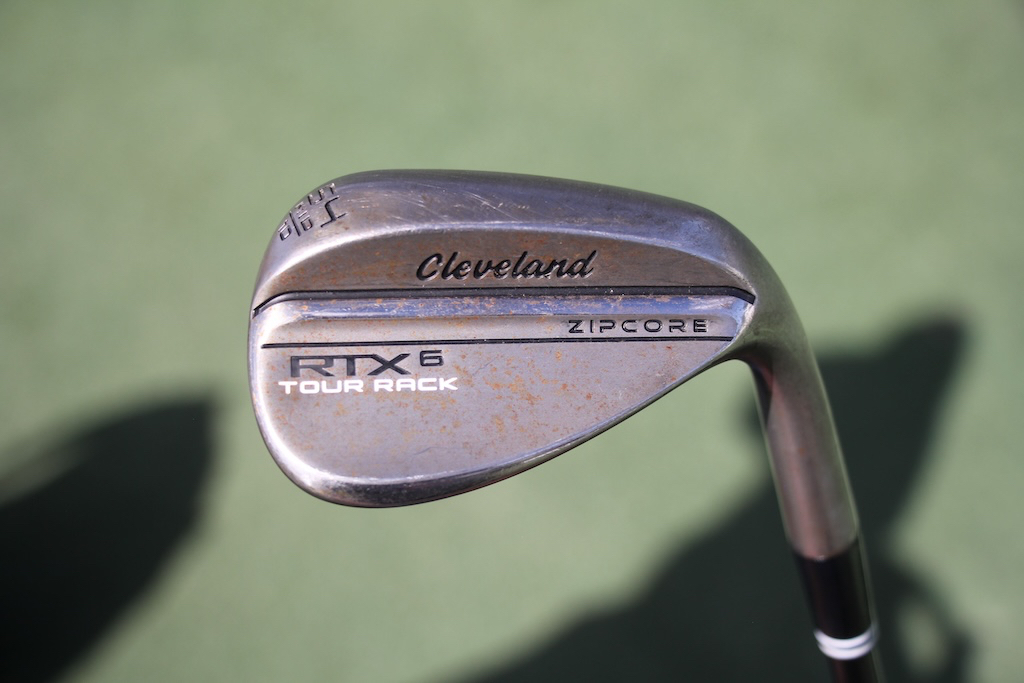
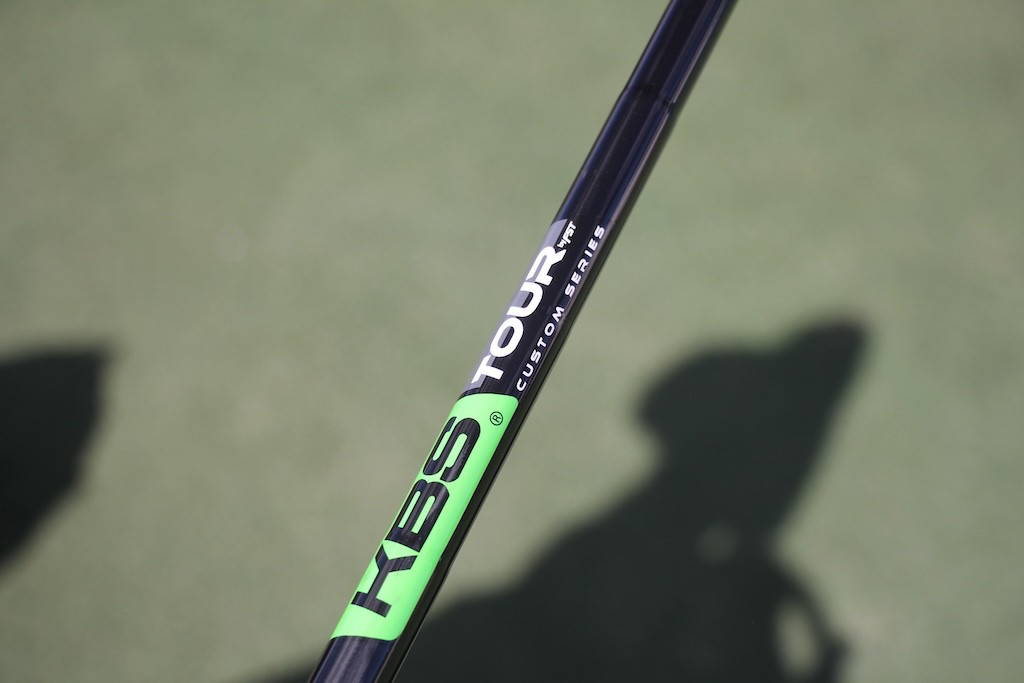
Putter: TaylorMade Spider Tour Z Buy here.
Grip: SuperStroke Zenergy Pistol 1.0
Grips: Golf Pride Tour Velvet
Ball: Srixon Z-Star XV Buy here.
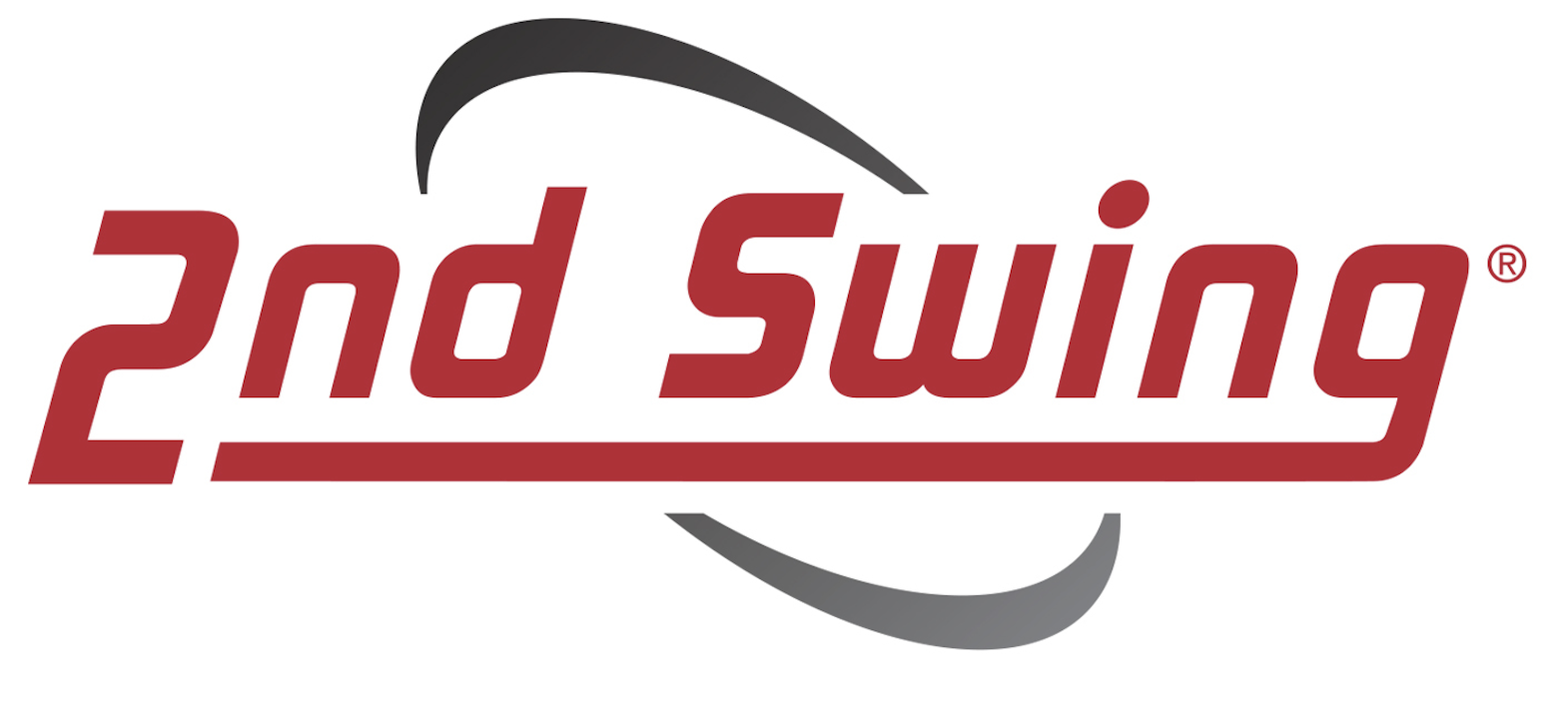
The winning WITB is presented by 2nd Swing Golf. 2nd Swing has more than 100,000 new and pre-swung golf clubs available in six store locations and online. Check them out here.
- LIKE10
- LEGIT1
- WOW1
- LOL1
- IDHT1
- FLOP0
- OB0
- SHANK0
Whats in the Bag
Steve Stricker WITB 2024 (April)
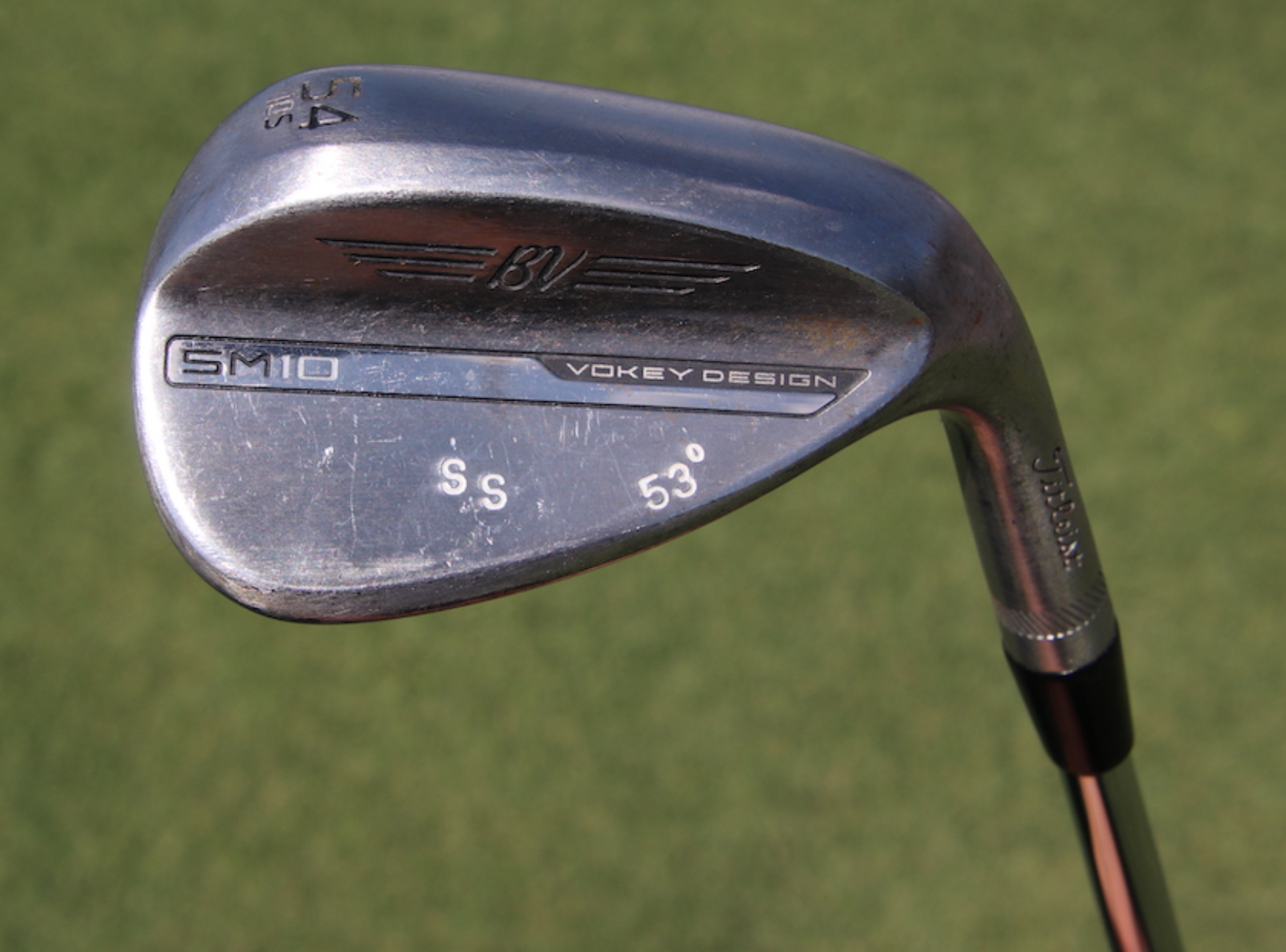
- Steve Stricker WITB accurate as of the Zurich Classic. More photos from the event here.
Driver: Titleist TSR3 (9 degrees, C4 SureFit setting)
Shaft: Fujikura Motore Speeder VC 7.2 X
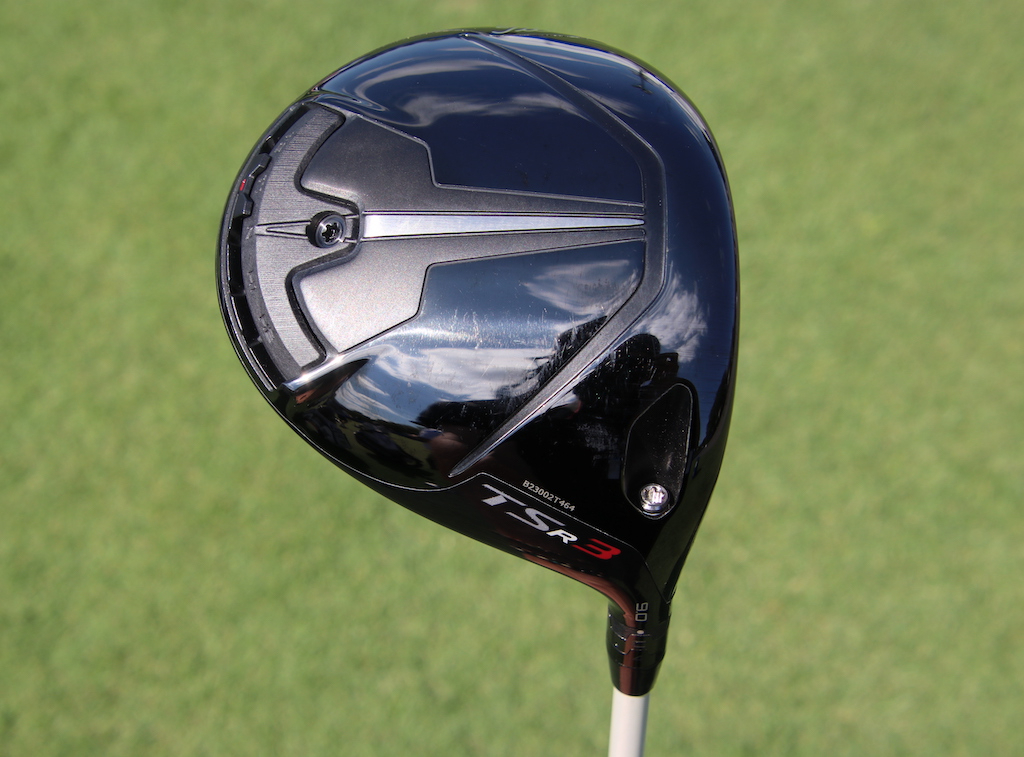

3-wood: Titleist 915F (13.5 degrees)
Shaft: Mitsubishi Tensei CK Pro White 80 TX
Hybrid: Titleist 816 H1 (17 degrees)
Shaft: Fujikura Motore Speeder VC 9.2 X
Irons: Titleist T200 (3, 4), Titleist T100 (5-9)
Shafts: Project X 6.5
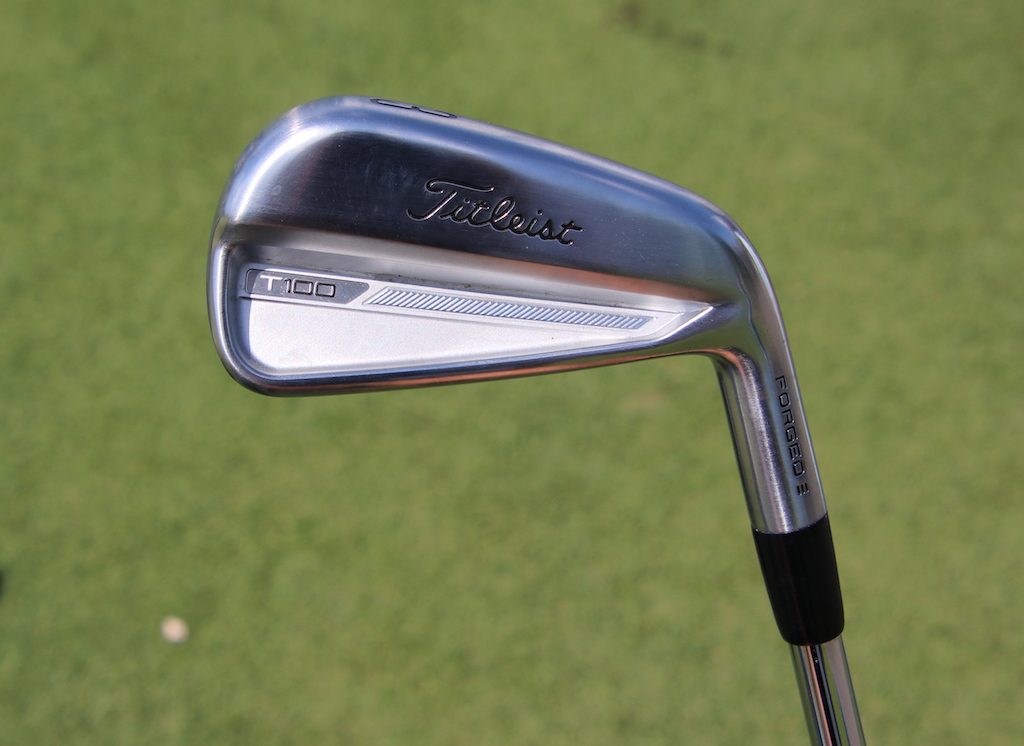
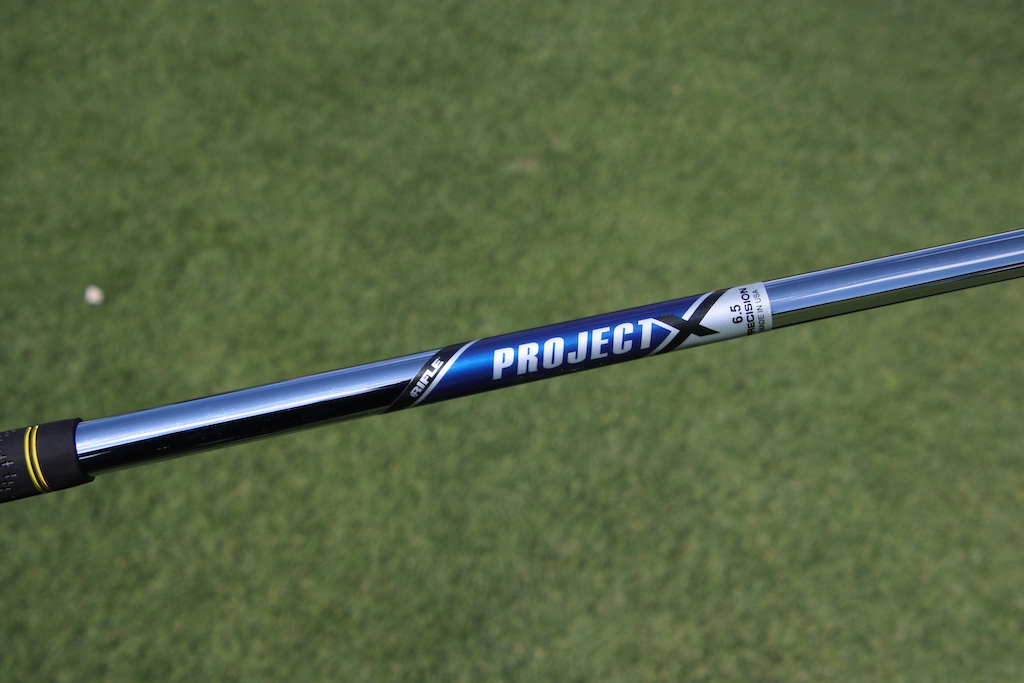
Wedges: Titleist Vokey SM8 (46-10F @55), Titleist Vokey SM10 (54-10S @53), Titleist Vokey SM4 (60 @59)
Shafts: True Temper Dynamic Gold X100 w/Sensicore
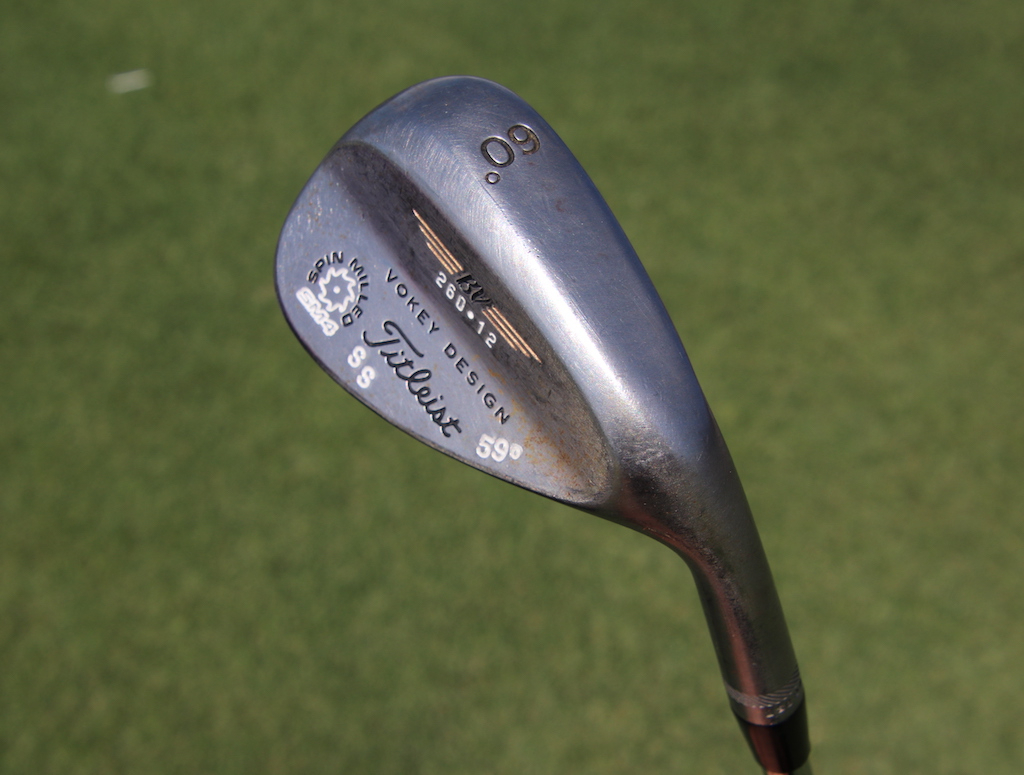
Putter: Odyssey White Hot No. 2
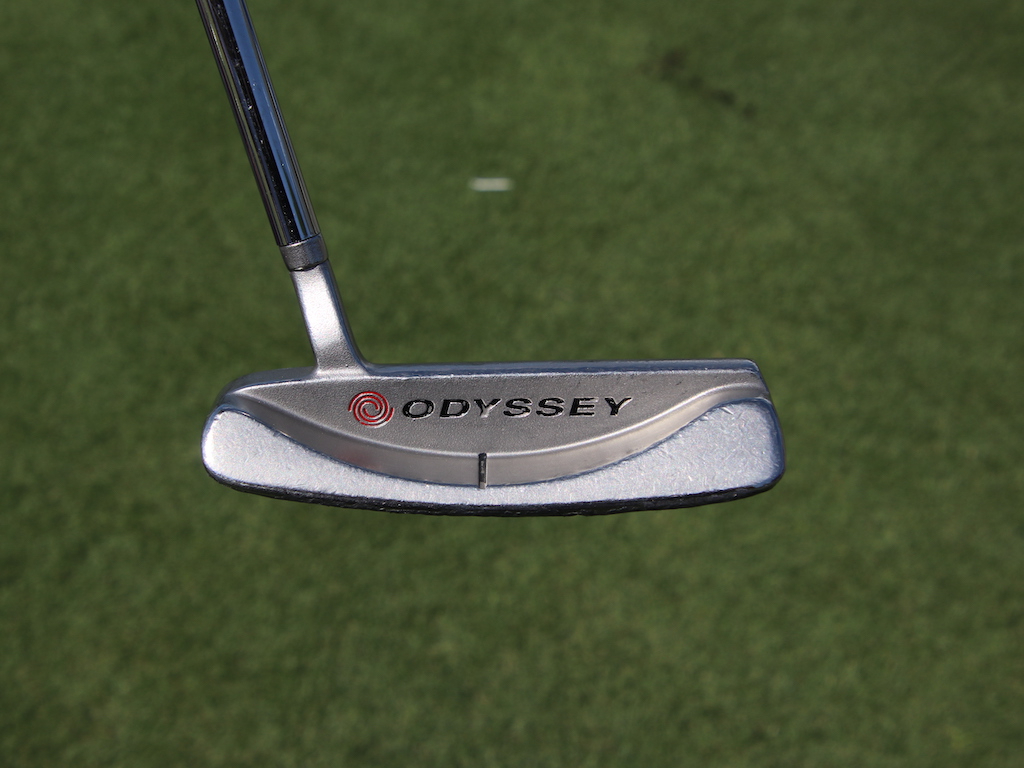
Ball: Titleist Pro V1x
Grips: Golf Pride Tour Velvet Grip Rite
Check out more in-hand photos of Steve Stricker’s clubs here.
- LIKE30
- LEGIT2
- WOW0
- LOL1
- IDHT1
- FLOP0
- OB0
- SHANK1
Whats in the Bag
Alex Fitzpatrick WITB 2024 (April)
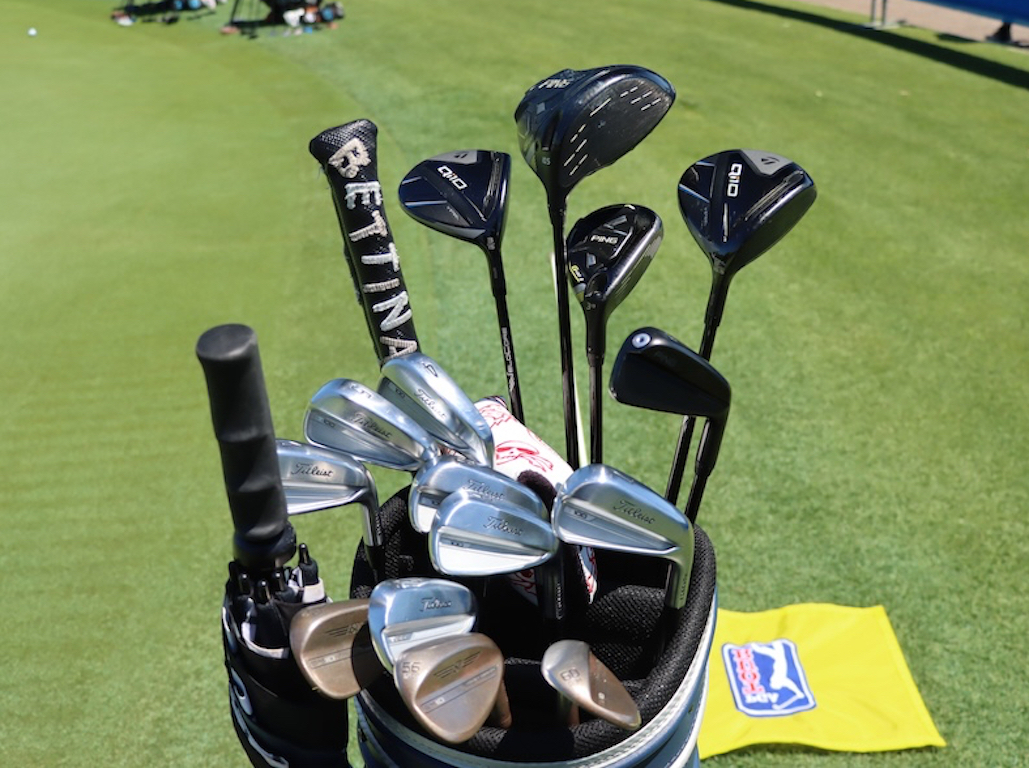
- Alex Fitzpatrick what’s in the bag accurate as of the Zurich Classic.
Driver: Ping G430 LST (10.5 degrees)
Shaft: Fujikura Ventus Black 6 X
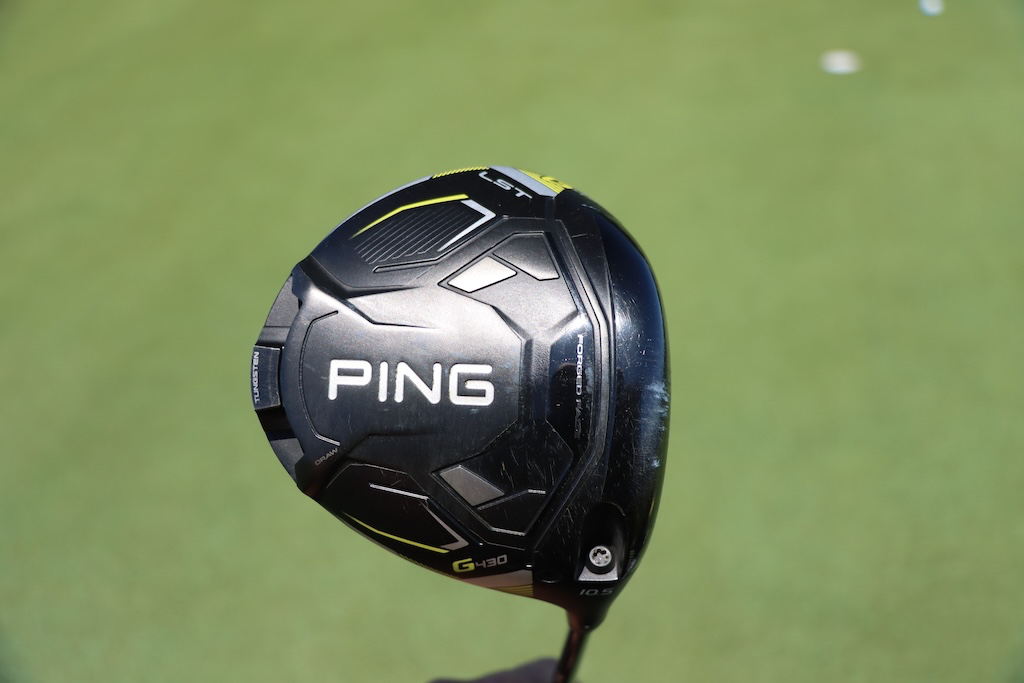
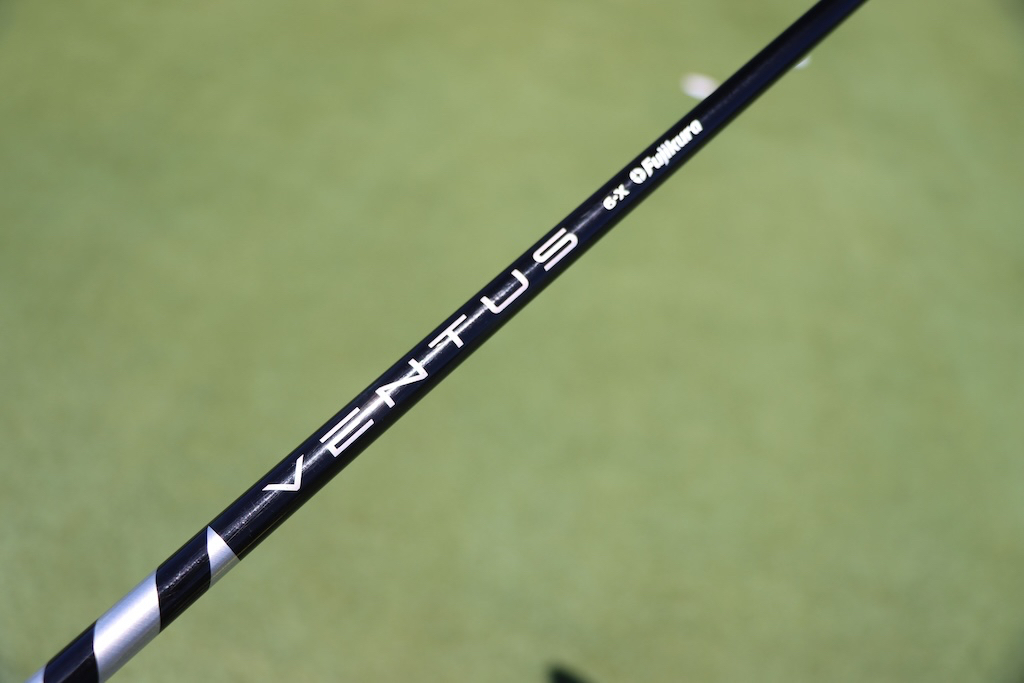
3-wood: TaylorMade Qi10 (15 degrees)
Shaft: Fujikura Ventus TR Black 7 X
Hybrid: Ping G430 (19 degrees)
Shaft: Fujikura Ventus Black HB 10 TX
Irons: Ping iCrossover (2), Titleist T100 (4-PW)
Shafts: Fujikura Ventus Black HB 9 TX (2), Nippon N.S. Pro Modus 3 Tour 120 X (4-9)
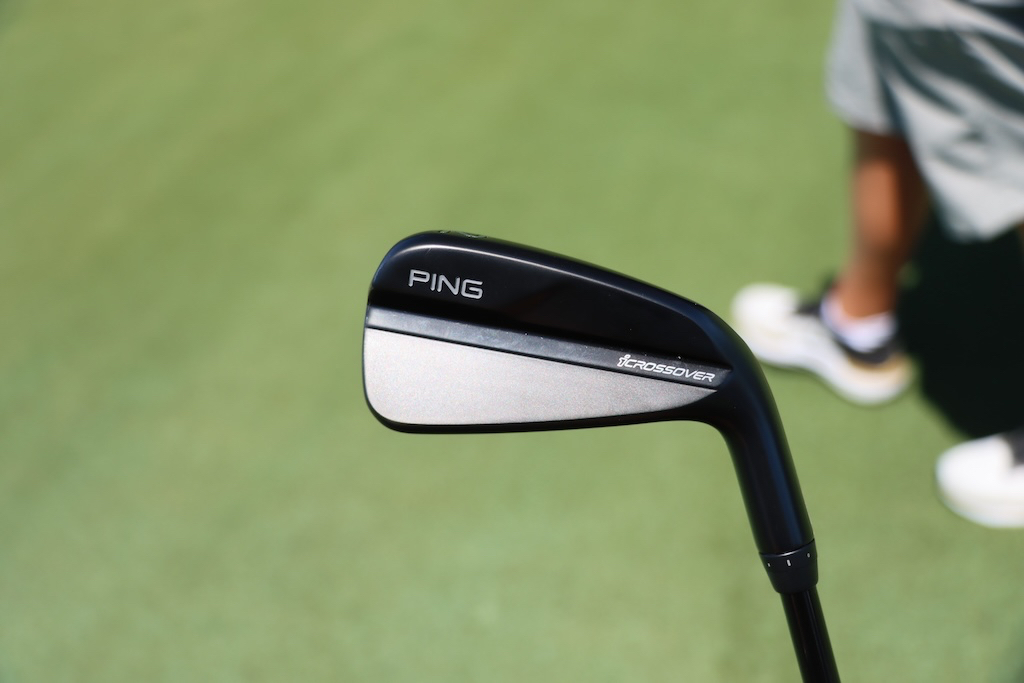
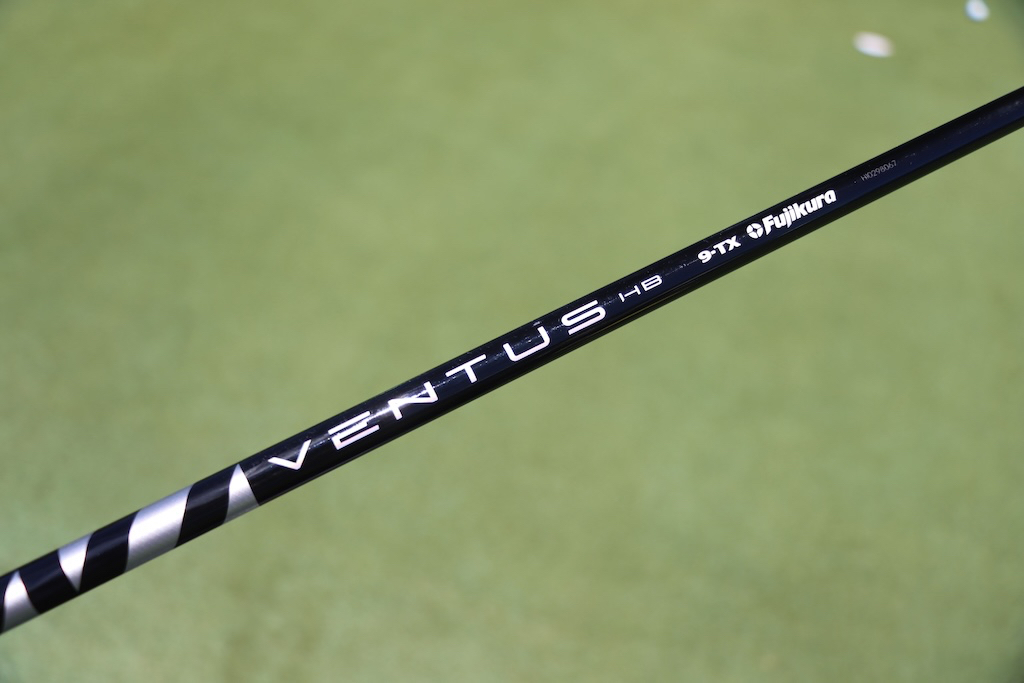
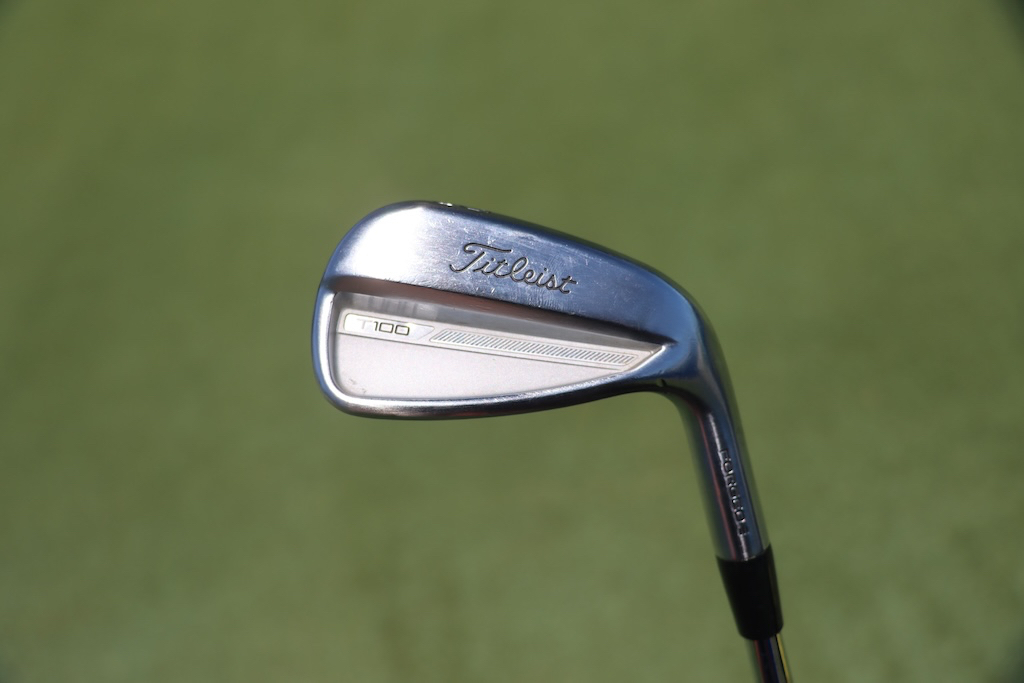
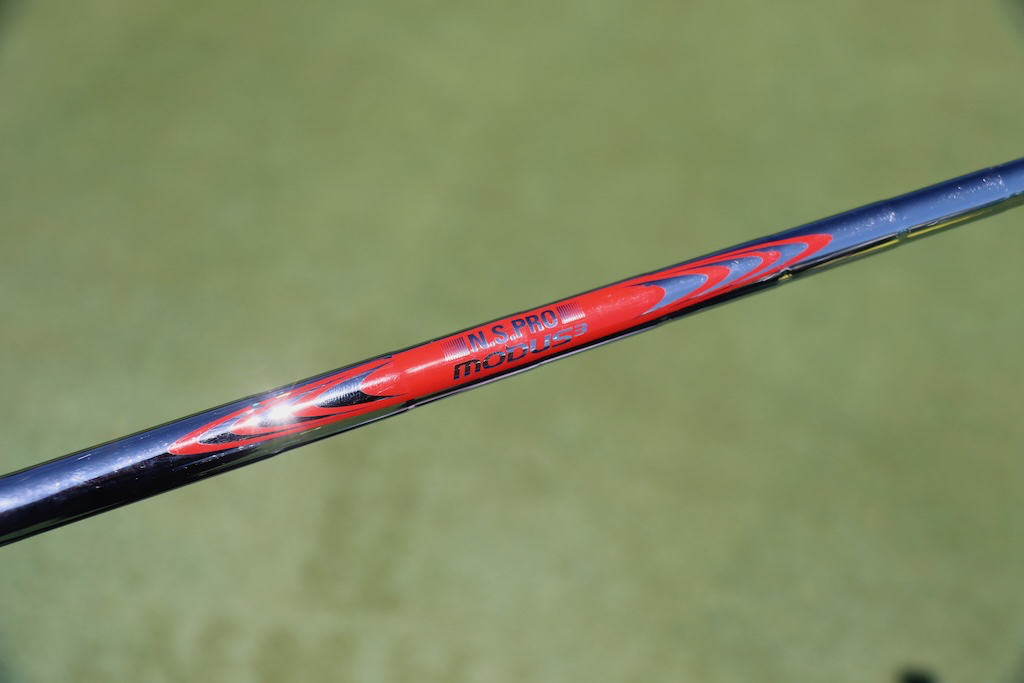
Wedges: Titleist Vokey Design SM10 (50-12F, 56-12D, 60-08M)
Shafts: Nippon N.S. Pro Modus 3 Tour 120 X
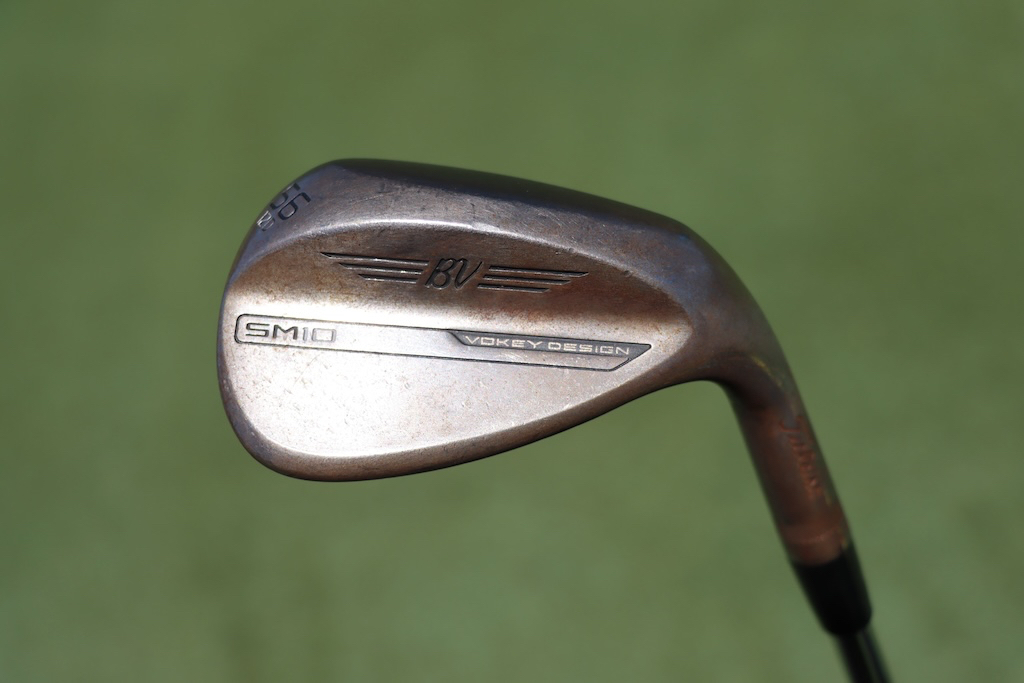
Putter: Bettinardi SS16 Dass
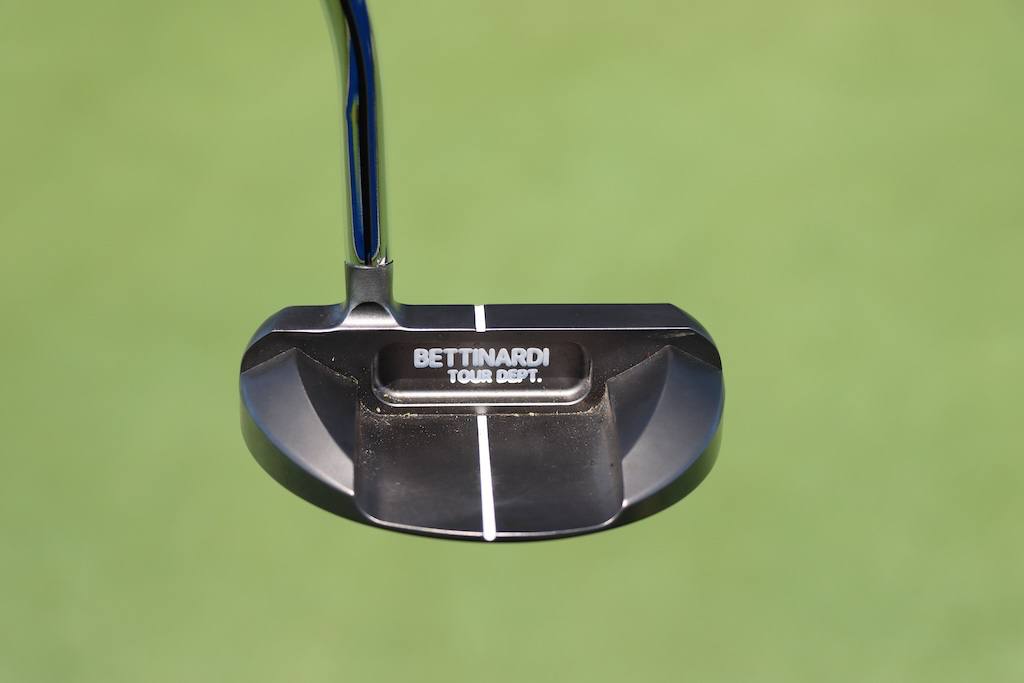
Grips: Golf Pride MCC
Check out more in-hand photos of Alex Fitzpatrick’s clubs here.
- LIKE16
- LEGIT0
- WOW1
- LOL1
- IDHT1
- FLOP0
- OB0
- SHANK0
-

 19th Hole3 weeks ago
19th Hole3 weeks agoDave Portnoy places monstrous outright bet for the 2024 Masters
-

 19th Hole7 days ago
19th Hole7 days agoJustin Thomas on the equipment choice of Scottie Scheffler that he thinks is ‘weird’
-

 19th Hole3 weeks ago
19th Hole3 weeks agoTiger Woods arrives at 2024 Masters equipped with a putter that may surprise you
-

 19th Hole7 days ago
19th Hole7 days ago‘Absolutely crazy’ – Major champ lays into Patrick Cantlay over his decision on final hole of RBC Heritage
-

 19th Hole2 weeks ago
19th Hole2 weeks agoTwo star names reportedly blanked Jon Rahm all week at the Masters
-

 19th Hole2 weeks ago
19th Hole2 weeks agoReport: LIV Golf identifies latest star name they hope to sign to breakaway tour
-

 19th Hole2 weeks ago
19th Hole2 weeks agoNeal Shipley presser ends in awkward fashion after reporter claims Tiger handed him note on 8th fairway
-

 19th Hole2 weeks ago
19th Hole2 weeks agoBrandel Chamblee has ‘no doubt’ who started the McIlroy/LIV rumor and why













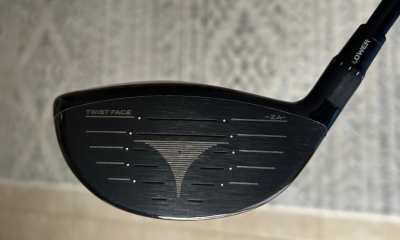








Spazo
Aug 28, 2020 at 12:00 am
Taylormade was already in diligence to buy Adams when the patents published. The idea that TM picked up Adams to avoid patent liability is a farce.
-former tm lawyer
Ace Underhill
Apr 24, 2020 at 12:32 pm
How do you not have the Bridgestone J40 DPC on this list?!
Pelling
Apr 24, 2020 at 10:36 am
Cobra S3 Pro look like Taylormade RAC TP…
Boyo
Apr 24, 2020 at 10:30 am
From the headline I thought they were talking whirlybirds.
makaveli
Apr 24, 2020 at 10:22 am
MP-63’s getting some love finally. They have been in the bag since 2012 and that’s only because I sold my S-56’s! The PXG 0211’s will be taking over for the MP-63 this summer but no doubt those were great irons from Mizuno and Ping.
Kieran
Apr 24, 2020 at 9:52 am
Still play the R11 with an Oban devotion shaft. Haven’t found anything in 9 years to knock it out of the bag
dlygrisse
Apr 24, 2020 at 9:45 am
The 910 line is one of my favorite of all time.
Thomas A
Apr 24, 2020 at 9:38 am
Great history article, keep them coming to fill the void!
Martin
Apr 24, 2020 at 6:12 am
Nonsense. Jordan Spieth used the 915 driver and refused to upgrade to the 917 so your article is flawed
jgpl001
Apr 24, 2020 at 4:43 am
910D was and still is a great driver
I really liked those Cobra irons too
AndyfromNC
Apr 23, 2020 at 10:21 pm
That r11 was one of my fav drivers of all time. Wish I’d kept it. First time I was fitted. Thing was stupid long for me.
Chuck Slothower
Apr 23, 2020 at 8:04 pm
I still have an Adams F11 3-wood in my bag. The first and probably last 3-wood I’ll ever buy. Love that club! Launches high and hot, super forgiving. Bury me with blue steel.
Brandon
Apr 23, 2020 at 4:53 pm
No love for the Callaway Razr X forged, eh? Still have a combo set of those that I go back to once in a while.
Mark
Apr 23, 2020 at 12:14 pm
Thanks Ryan for this flashback. I loved and still have my MP-63 set. I used them for years….it took the MP-18’s to finally retire them.
Chris
Apr 23, 2020 at 2:42 pm
Those were the first set of Mizuno’s I ever tried and I’ll have a hard time playing anything but Mizzy’s in the future